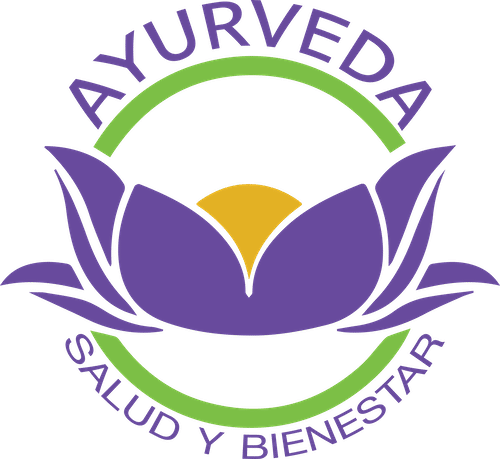The Many Benefits of Goat Milk (2)
Did you know that more people around the world drink goat's milk than the number who drink cow's milk? Goat's milk is highly nutritious, contains essential vitamins and minerals (and higher amounts of potassium, iron and vitamin A than cow's milk 8.)
Here are some additional benefits of goat milk, continued from the previous blog.
1. Naturally lower in cholesterol than cow's milk
Goat's milk is slightly lower in cholesterol than cow's milk and is therefore a good choice for those who monitor their cholesterol level. This is particularly true for skimmed and semi-skimmed varieties.
2. High in calcium
Calcium is essential for the development of strong bones, healthy teeth, and to support normal blood clotting. Milk-based calcium is easier for the body to absorb than other products. The 100% of the daily calcium needs of an adult can be provided by 3 daily servings of 200 ml of goat's milk. 12
3. Friendly blood pressure
Goat milk and yogurt are excellent sources of calcium and potassium. Both minerals are indicated as important for reducing blood pressure 14. Each 200 ml serving provides 30% and 17%, respectively, of the Recommended Daily Allowance (RDA) of each of the 2 minerals. 13
4. Source of key vitamins
Just a 200 ml serving of goat milk provides:
141 NRV TP1T (Nutrient Reference Value) for Vitamin B5: Helps produce energy and reduce fatigue
121 Biotin NRV TP1T (a B vitamin important for the nervous system, skin and hair)
NRV 11% for Vitamin A - Necessary for healthy skin and vision
5. Other essential minerals
A 200 ml serving of goat milk provides:
251 NRV TP1T for Phosphor 8: Helps Bones and Teeth
NRV 100% for Iodine 15 - Needed for thyroxine production to maintain healthy metabolism
171 NRV TP1T for Potassium 8: for nerves and muscles, as well as to keep blood pressure under control
381 NRV TP1T for Chloride - Important for Healthy Digestion 8,13
References
8 McCance and Widdowson's Food Composition. Seventh edition. Royal Society of Chemistry. Ministry of Agriculture, Fisheries and Food.
9. McBean LD, Miller GD. (1998) Dispelling Fears and Fallacies About Lactose Intolerance. J Am Diet Assoc; Vol. 98: Issue 6, P671-76
10 Pribila BA and others (2000). Improves lactose digestion and intolerance among African American teenagers fed a dairy-rich diet. J Am Diet Assoc 100: 524-28
11. Health and Social Issues Report of the Department of Health (1991) 41. Dietary Reference Values for Food, Energy and Nutrients for the United Kingdom. Report of the Panel on Dietary Reference Values of the Committee on Medical Aspects of Food Policy. Stationery Office: London
12. EFSA. Commission Regulation (EU) No. 432/2012, of May 16, 2012, which establishes a list of health claims allowed in food, other than those related to reducing the risk of disease and development and children's health; L 136: 1-40.
13. EFSA. EU registration on nutrition and health claims. European Food Commission. November 20, 2016.Available at: http://ec.europa.eu/food/safety/labelling_nutrition/claims/register/public/?event=search. Consulted in February 2018
14. DASH eating plan. https://www.nhlbi.nih.gov/health-topics/dash-eating-plan Accessed February 2018
15. Retail survey of iodine in dairy products produced in the UK. Monday June 16, 2008. Information sheet on the food survey 02/08. http://webarchive.nationalarchives.gov.uk/20120206100416/http:/food.gov.uk/science/surveillance/fsisbranch2008/fsis0208


